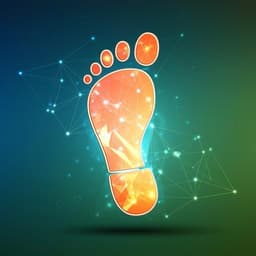
Medicine and Health
Wearable multichannel pulse condition monitoring system based on flexible pressure sensor arrays
J. Wang, Y. Zhu, et al.
Discover the groundbreaking multichannel pulse monitoring platform that merges traditional Chinese medicine (TCM) with wearable electronics. This innovative system maps pulse conditions in real-time across three key positions, providing detailed insights akin to a physician's examination. Authors Jie Wang, Yirun Zhu, and their team demonstrate its potential for enhancing intelligent healthcare.
Playback language: English
Related Publications
Explore these studies to deepen your understanding of the subject.







